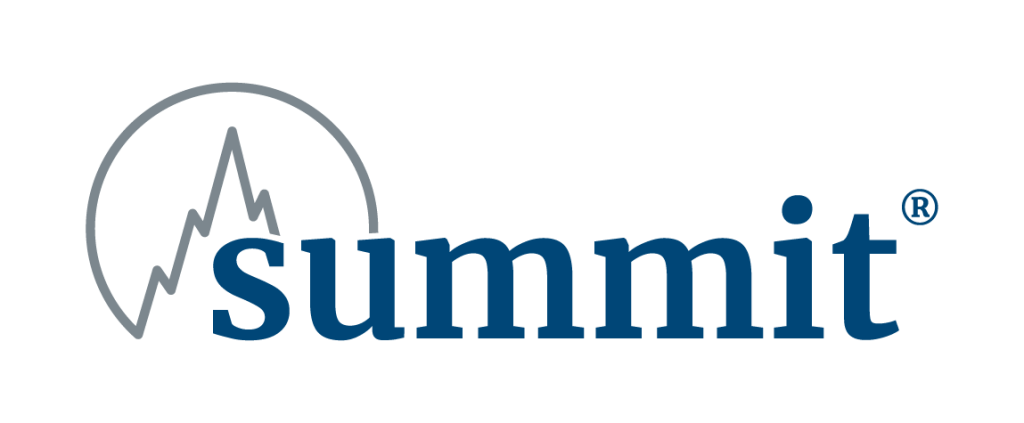
SAFETY TOPICS
Workplace Eye and Face Protection
Did you know that thousands of people are blinded each year from work-related eye injuries that could have been prevented with the proper use of eye and face protection?1 Employers need to be properly trained on identifying hazards, preventing eye related injuries, and treatment methods to ensure the safety of workers. Wearing eyewear to reduce the risk of exposure to chemical splashes, laser radiation, and flying debris is an effective way to avoid injury.2

Eye and face hazards
Some of the hazards workers may run into on the job are:3
- Chemical
- Dust or mist
- Splashes of liquids
- Extreme heat and cold
- Flying objects
- Impact or explosion
- Radiation
Personal protective equipment
Eye and face protection is required where and when it could prevent an injury. Listed below are the types of PPE that should be selected in accordance with OSHA’s standards 29 CFR 1910.133.4
- Safety glasses are required where there is a potential of eyes being struck by projectile objects.
- Side shields are required if there is a hazard from flying objects from the side.
- Direct vented goggles are an acceptable substitute for safety glasses with side shields.
- Chemical splash goggles are required where protection is needed against chemical splashes or sprays.
- Shaded eye/face protection is required for radiant energy sources from arc and gas welding, soldering, brazing, laser, ultraviolet, and infrared.
Training procedures
Ensuring worker safety includes providing adequate training for all workers who require eye and face protection. When employees are trained to work safely, they should be able to anticipate and avoid injury from job-related hazards.5
- Understand why eye protection is necessary and the specific workplace hazards that could be a threat.
- How eye protection can help minimize hazards
- Know the limitations eye protection provides against hazards
- How to properly put on and take off eye protectors
- Confidently wear protective eyewear over or containing an employee’s corrective lenses
- Clean and disinfect the eyewear after each use
- Identify signs of wear, including chipped, scratched, or scraped lenses
Online safety training videos
Our policyholders and agents have access to an extensive library of safety training videos. Access training videos on eye and face protection by entering your username and password. Type eye protection in the search bar for the available videos. Policyholders and agents can request login credentials by emailing [email protected]. (Videos provided through JER HR Group LLC, dba Training Network, a Summit vendor.)
If you would like additional resources, please contact your Summit loss prevention consultant.
Footnotes
- “Eye and Face Protection.” Occupational Safety and Health Administration, U.S. Dept. of Labor, www.osha.gov/eye-face-protection (Accessed Aug. 30, 2022).
- “Choosing the Correct PPE.” Environmental Health and Safety, ehs.ucmerced.edu/researchers-labs/ppe/selection (Accessed Aug. 30, 2022).
- “Personal Protective Equipment Eye and Face Protection (Appendix A).” Environment Health and Safety, ehs.ncsu.edu/personal-protective-equipment-ppe/ (Accessed Aug. 30, 2022).
- “PPE – Eye and Face Protection Information.” Environmental Health and Safety, ehs.research.uiowa.edu/ppe-eye-and-face-protection-information (Accessed Aug. 30, 2022).
- “EYE AND FACE PROTECTION – CHECKLIST FOR TRAINING EMPLOYEES.” Compliance Training Online (CTO), www.compliancetrainingonline.com/course-snippets/4i-40u5-eye-face-protection-checklist-training-employees.cfm (Accessed Aug. 30, 2022).
Disclaimer
The information presented in this publication is intended to provide guidance and is not intended as a legal interpretation of any federal, state or local laws, rules or regulations applicable to your business. The loss prevention information provided is intended only to assist policyholders of Summit managed insurers in the management of potential loss producing conditions involving their premises and/or operations based on generally accepted safe practices. In providing such information, Summit Consulting LLC does not warrant that all potential hazards or conditions have been evaluated or can be controlled. It is not intended as an offer to write insurance for such conditions or exposures. The liability of Summit Consulting LLC and its managed insurers is limited to the terms, limits and conditions of the insurance policies underwritten by any of them.

